Having written about my struggles as an undisciplined photographer, first outgrowing iPhoto, finding a safe harbor with Apple’s “pro” application, Aperture until they orphaned it, and then casting around for a solution.
I tried Adobe Lightroom, and it was reasonable, but being geared for professionals, it was a bit overkill.
A friend recommended another Adobe product, “Bridge”, as a good, lightweight solution. It is included for free with Photoshop (and possibly other Adobe products), and it has long lain idle.
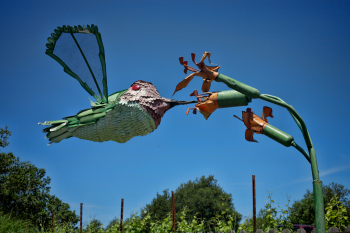 With that recommendation, I took a serious look at Bridge, and began using it for my ungainly photo collection. Here are my observations:
With that recommendation, I took a serious look at Bridge, and began using it for my ungainly photo collection. Here are my observations:
- It is quite snappy at creating indexed thumbnails. When you open a folder, even with more than 1,000 images in it, it quickly lets you work with it, while it is creating the thumbnails. If you set the preferences to (when possible) push the index file to the local directory. This makes it really easy to reorganize or move (via a remote drive) to another computer.
- The UI is very flexible. It is intuitive to navigate, and you can set it up to facilitate your workflow. Sure, Lightroom has more bells and whistles, but with that is a heavier overhead to learn and build familiarity with. But, it doesn’t prevent you from accessing all the meta data and other tags.
- Batch rename. Best. Feature. Ever. I had one folder with over 1000 images, where I mixed photos from my wife’s point and shoot Canon, with my EOS 20D. This meant that I have a lot of low res images mixed with the good stuff, and it was painful. The “Advanced” find option, looking for the camera ID tag, and then use the Batch Rename option to separate the intermixed images.It also makes it easy to rename files, to insert mnemonic flags in the filename, and date/index coding. Really helpful.
- Rating/Flagging of images. The ability to assign a rating to each image is nice, and expected. Also, the ability to use the delete key to “reject” an image. This is helpful for sorting/ranking images. Alas, I am not disciplined enough to use this consistently. Maybe one day (who am I kidding…)
- Minibridge. This is a tight integration with Photoshop, that give you a way to traverse your collection easily from within the photoshop interface. Handy if you are in the think of working with your collection, relieving you from switching between programs.
Additionally, as it is part of the “Creative Solutions” ecosystem, it helps you index and organize all media files. Images, videos, even mixed media files, all with aplomb. It really helped me organize a huge collection of memes I snagged from the internet.
It is not all Unicorns and Roses though…
The photo import tool is pretty sucky. At least on the Mac. It is pretty spartan, and while it can do some rudimentary file renaming, it is pretty pathetic. Of course, the Apple Photos app is less flexible.
Also, it is unable to preview before importing RAW files, so you are pretty blind when importing. Not too useful if you have multiple sessions of photos on the memory card.
Sure, I can just import bulk from the card and mess with it later, but that is sub optimal.
Summary
For a free-as-in-beer program, Adobe Bridge is remarkably feature rich. It is lightweight, yet usable. It integrates very well with Photoshop, and since it isn’t a monolithic library (like the Apple products), it is really easy to move/organize your library around.
And it really is free. Don’t have Photoshop or any of the other CS products? No problemo, get an Adobe ID, and you can download it gratis.
Still, I need to find a better photo import option.
Next up, I will talk about some fabulous filters for Photoshop…


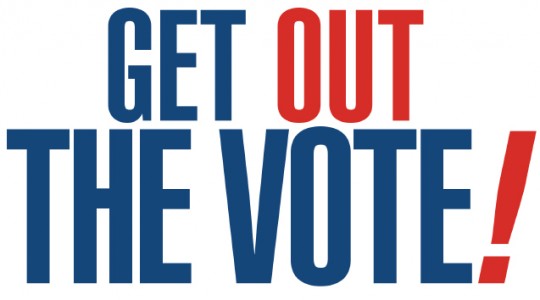


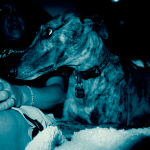


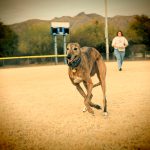

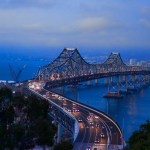
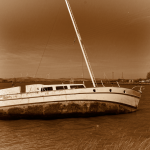
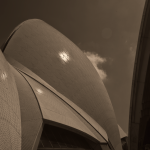
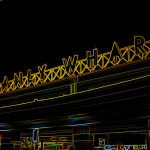
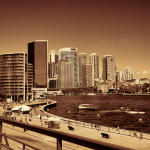
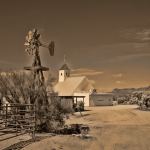
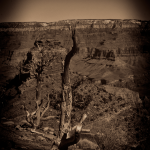

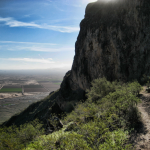
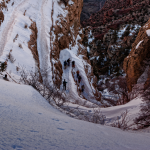
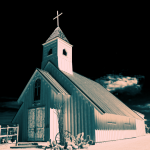
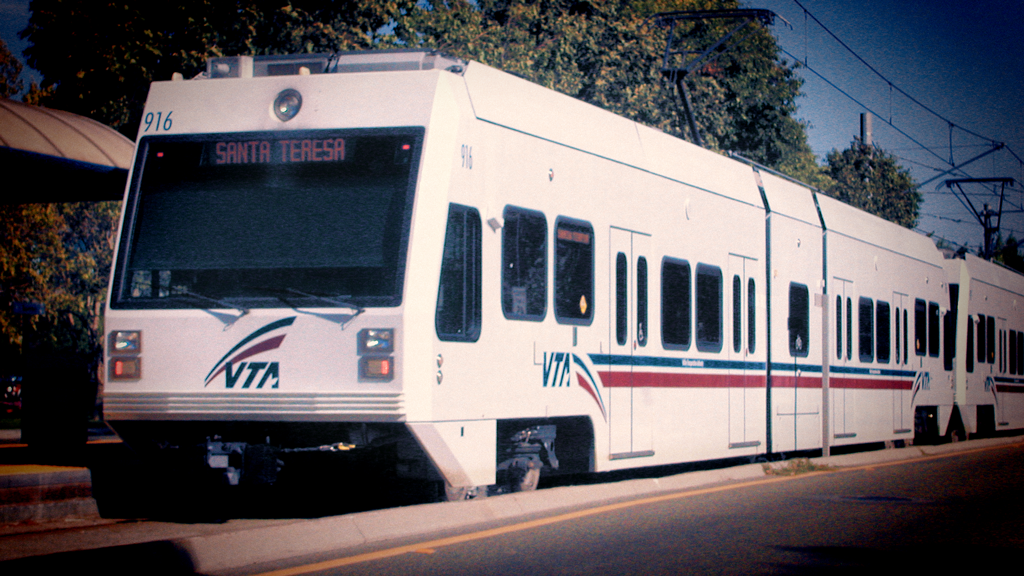
 With that recommendation, I took a serious look at Bridge, and began using it for my ungainly photo collection. Here are my observations:
With that recommendation, I took a serious look at Bridge, and began using it for my ungainly photo collection. Here are my observations: